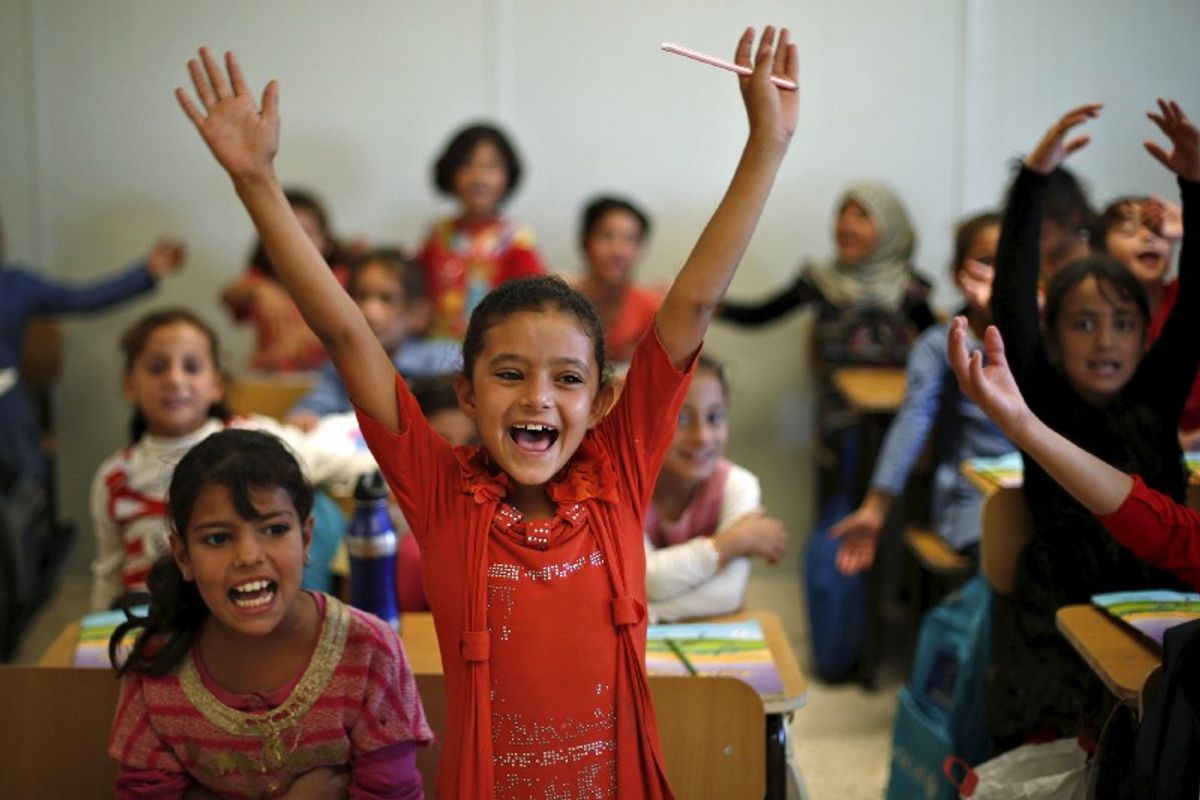Migration remains a hot political topic in Europe and the United States. Immigration opponents often portray migrants as, among other things, poorly educated people who will become an economic burden on their new homelands. Look closer. (Full disclosure: Your Friday author is blessed to have married his way into a remarkable family who arrived in the US as immigrants.)
- According to a recent Pew Research study, the average immigrant from sub-Saharan Africa has more years of education than the average citizen of the US or European community in which he or she settles. (Italy is the exception.) Nearly 70 percent of African immigrants over 25 who live in the US had some college experience.
- Beyond Africans, a 2017 Pew Research study reported that a higher percentage (31 percent) of all immigrants to the US have either a university or graduate degree than do native-born Americans (30 percent).
- The emphasis on education extends across generations. A 2015 report from the National Academies of Science, Engineering and Medicine found that a higher percentage of the children of college-educated immigrants earn graduate degrees and get top-tier jobs than the children of native-born Americans.
- An important caveat: immigrant education levels vary considerably by region. Some 57 percent of immigrants from Mexico and 49 percent of immigrants from Central America have not graduated high school. The comparable figures are 13 percent from the Middle East, 11 percent from Europe and Canada, and 12 percent from Sub-Saharan Africa. Just 9 percent of US-born adults lack a high school degree.
Immigrants and their children can contribute more to their adopted countries and their economies than some seem to think.



















